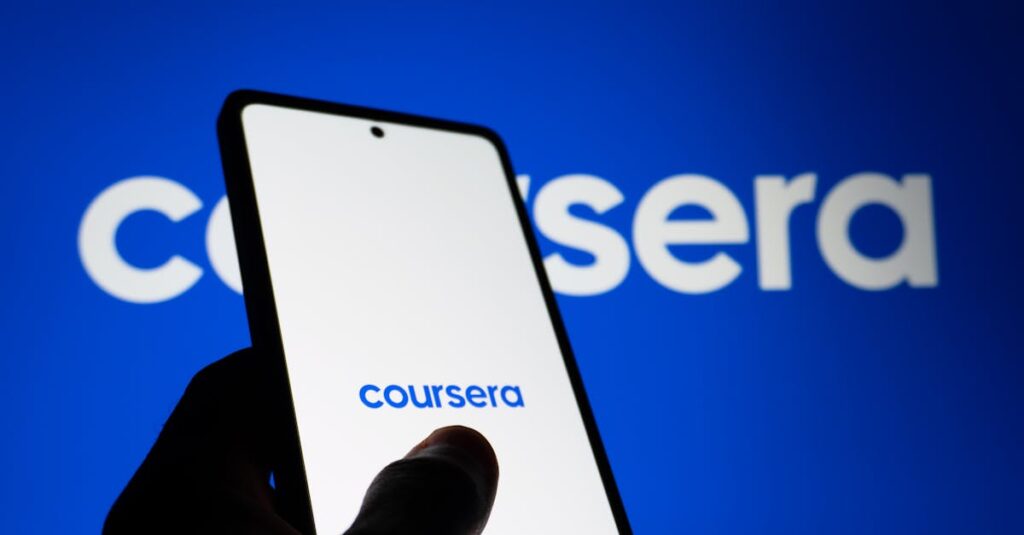Introduction: The Future of Learning
The way we learn is changing at lightning speed. Gone are the days when education was confined to traditional classrooms. Now, learning is global, flexible, and increasingly digital. With 2025 on the horizon, what are the top trends in education, and how can you stay ahead of the curve? Let’s dive in.
The Rise of Online Courses and Platforms
Whether you want to pick up a new skill or earn a degree, online learning has exploded in popularity. From platforms like Coursera and Udemy to newer players like MasterClass, the options are endless. These platforms offer courses across a wide range of subjects—coding, design, languages, and even photography. The flexibility of online courses has made them a go-to option for busy professionals and lifelong learners alike. The best part? You can learn at your own pace, anywhere in the world, without the constraints of traditional classrooms.
For example, take Mumbai’s own vibrant startup ecosystem. Many entrepreneurs and professionals in this city use online platforms to learn coding, marketing, and project management. You don’t need to leave your job to get a top-tier education. With just an internet connection, you have access to the world’s best teachers and industry leaders.
Popular Online Learning Platforms
- Coursera: Offers courses from top universities like Stanford and Yale, with a variety of degrees and certificates.
- Udemy: A massive library of affordable courses on practically every subject imaginable.
- MasterClass: Learn from the world’s best in a wide range of fields, from cooking with Gordon Ramsay to acting with Natalie Portman.
- edX: A non-profit offering online degrees and certifications from universities like Harvard and MIT.
The Role of AI and Personalized Learning
Artificial intelligence is one of the most exciting developments in education. AI is transforming the learning experience by tailoring content to the learner’s needs. It can assess a learner’s strengths and weaknesses, adjusting the pace and difficulty of material accordingly. Imagine studying math and having the content automatically adjust to your progress, providing extra practice on the concepts you’re struggling with while advancing faster through the areas you excel at. That’s personalized learning in action.
Platforms like Khan Academy have begun incorporating AI-driven features to make learning even more efficient. In fact, AI can even track your performance, provide real-time feedback, and recommend learning paths to ensure you reach your goals faster.
Examples of AI in Education
- Smart Tutoring Systems: AI-driven tutors like Squirrel AI in China help students with personalized lessons and feedback.
- Language Learning Apps: Duolingo uses AI to adapt lessons to the user’s pace, ensuring that every learner gets the right level of challenge.
- Intelligent Grading: Tools like Gradescope use AI to grade assignments quickly and accurately, allowing teachers to focus on more important tasks.
Virtual and Augmented Reality: Immersive Learning
Virtual Reality (VR) and Augmented Reality (AR) are set to revolutionize how we learn, especially in fields like science, engineering, and medicine. Imagine being able to explore the human body in 3D or travel back in time to witness historical events—without ever leaving your home. VR and AR can create these immersive learning experiences that make abstract concepts easier to understand.
Schools and universities are already adopting VR and AR to create more engaging lessons. In Mumbai, institutions like the Indian School of Business are experimenting with VR simulations for management students to experience real-world scenarios, such as negotiations and leadership challenges, in a controlled virtual environment.
Benefits of VR and AR in Education
- Enhanced Engagement: VR and AR create hands-on, immersive experiences that keep students engaged.
- Better Understanding: Students can interact with complex subjects in a way that’s far more intuitive than reading about them in textbooks.
- Safe Learning Environments: In fields like medicine or engineering, VR allows students to practice dangerous procedures or complex techniques without the risk of real-world consequences.
Global Learning Strategies: Bridging Gaps Across Borders
The accessibility of online education has made it possible for anyone, anywhere to pursue their dreams. In countries like India, where access to education has traditionally been limited by geography and resources, digital learning is a game-changer. Platforms are breaking down barriers, allowing students from rural areas or smaller cities to attend courses from world-renowned universities without the need to travel abroad.
This global accessibility is fostering collaboration between students from different cultures, perspectives, and backgrounds. It’s not just about learning from textbooks anymore; it’s about learning together as a global community. And this is especially important in a time when we need cross-cultural understanding more than ever.
Top Global Learning Strategies
- Localizing Content: Education platforms are increasingly localizing their content to cater to regional languages and cultural preferences.
- Blended Learning: Combining online learning with face-to-face interactions ensures a more rounded education. This is particularly useful in countries like India, where some students prefer in-person guidance.
- Partnerships Between Schools and EdTech Companies: Many schools are partnering with tech companies to bring new learning tools into the classroom, making learning more interactive and accessible.
Conclusion: The Education Revolution is Here
The future of education in 2025 looks incredibly exciting, with technology paving the way for personalized, accessible, and immersive learning experiences. Whether it’s through AI, VR, or simply the convenience of online courses, education is becoming more inclusive and adaptable to the needs of today’s learners. If you’re looking to stay ahead of the curve, embrace these new trends, and always be open to learning new things. After all, the best way to prepare for the future is to keep educating yourself.
So, are you ready to jump into this new era of education? Whether you’re aiming to start a new career or simply learn a new skill, the opportunities are limitless—just one click away.

